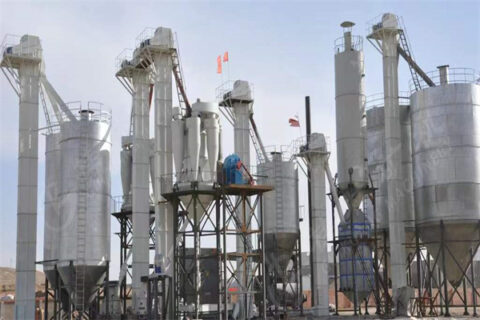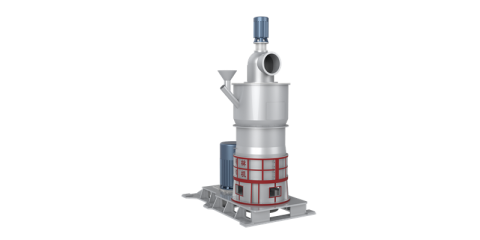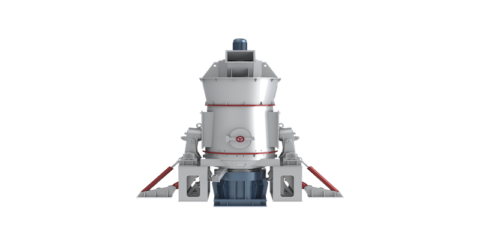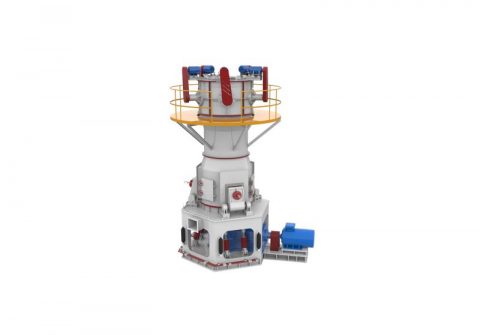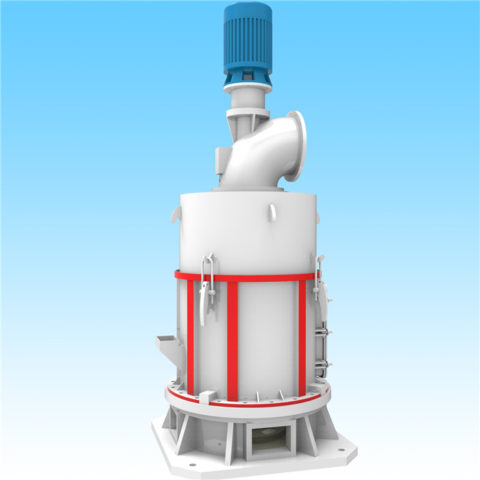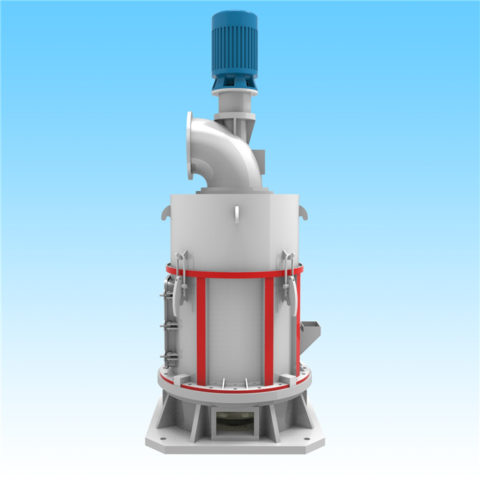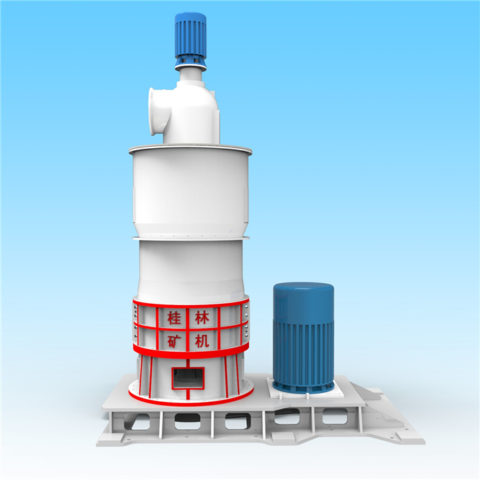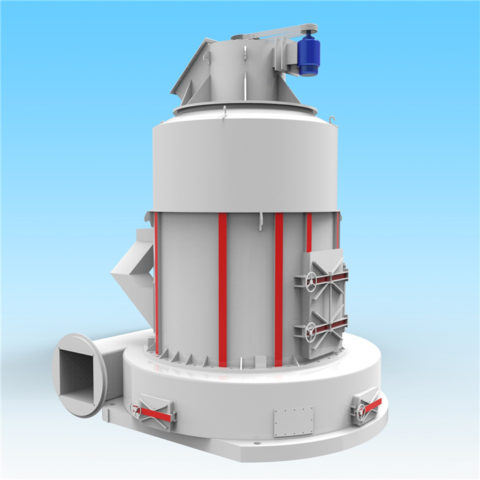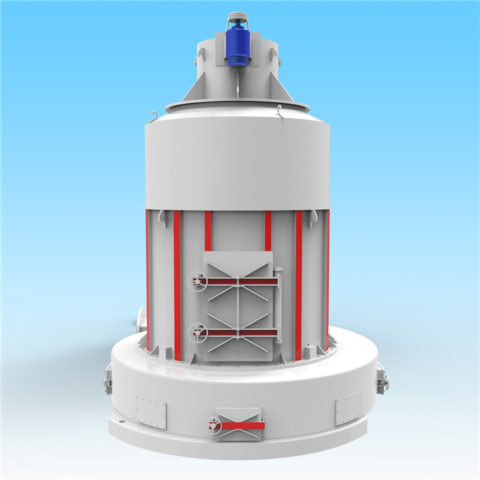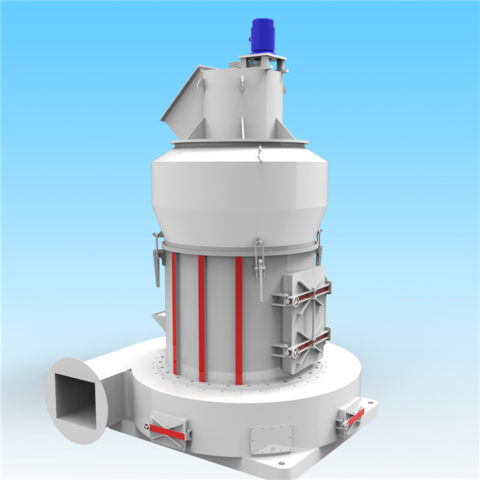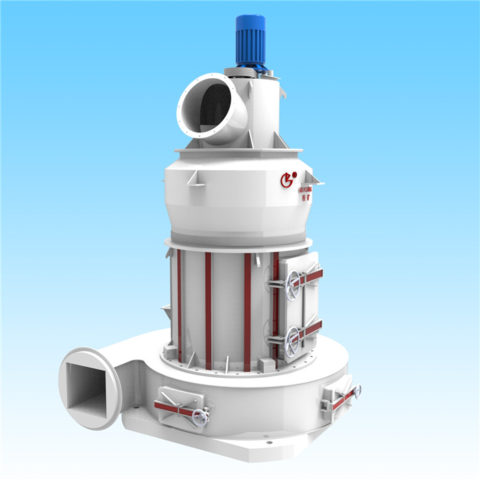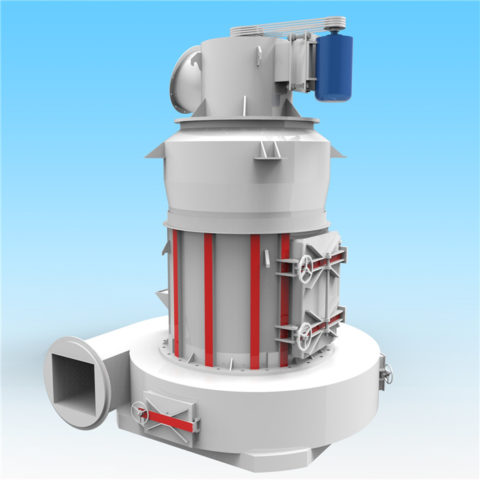At present, more than 90% of thermal power plants in adopt limestone gypsum desulfurization technology, which has mature technology and low cost. Both processes need limestone powder to absorb sulfur dioxide, and the smaller the particle size of limestone powder is, the more conducive to the absorption of SO2.
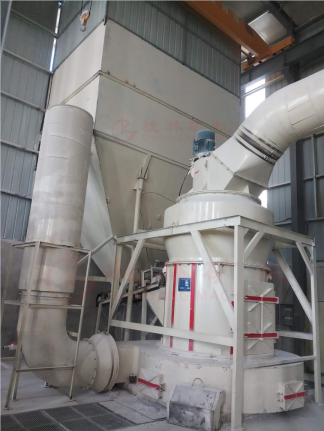
Main factors affecting desulfurization efficiency of limestone
(1)Quality of limestone
Generally, the content of CaSO4 in limestone shall be higher than 85%. If the content is too low, it will bring some problems to the operation due to more impurities. The quality of limestone is determined by the content of Cao. The higher the purity of limestone, the better the desulfurization efficiency. But limestone is not necessarily CaO content, the higher the better. For example, limestone with Cao > 54% is Dali Petrochemical due to its high purity, not easy to grind and strong chemical stability, so it is not suitable to be used as desulfurizer.
(2)Limestone particle size (fineness)
The particle size of limestone directly affects the reaction rate. When the specific surface area is larger, the reaction speed is faster and the reaction is more sufficient. Therefore, it is usually required that the passing rate of limestone powder through 250 mesh sieve or 325 mesh sieve can reach 90%.
(3)Effect of limestone reactivity on desulfurization system performance
The limestone with higher activity can achieve higher sulfur dioxide removal efficiency under the condition of maintaining the same limestone utilization rate. Limestone has high reaction activity, high limestone utilization rate and low content of excess CaCO in gypsum, that is, gypsum has high purity.

